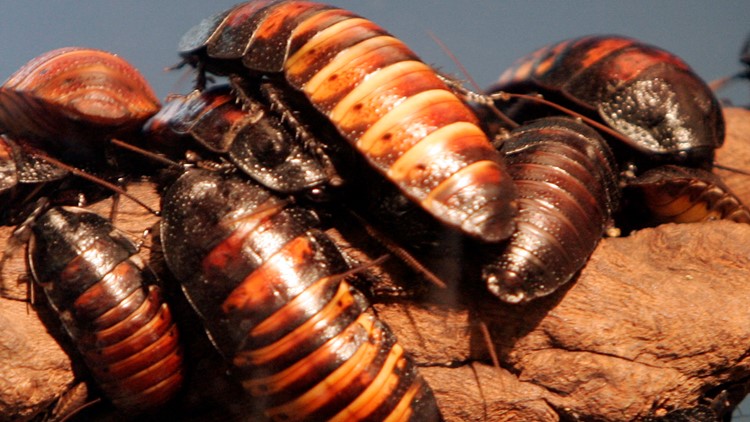ATLANTA — We've all seen a cockroach run before: They're quick, nimble and frighteningly hard to catch. Now, compare that with a stick bug: halting, lumbering - slow.
What does any of this have to do with robots? Quite a lot, it turns out.
Scientists who make robots, understandably, would like their machines to be more agile and coordinated, like cockroaches. Currently, though, they're moving a lot more like stick bugs.
One reason for that is how motion is controlled.
Georgia Tech researchers have developed a measurement that should help robot-makers improve how much control their bots have over their movement. Their findings appear in the August issue of the journal Nature Communications.
It works a bit like this: a cockroach has a highly attuned central nervous system coordinating its movement - as a Georgia Tech article about the research described it, "neurological signals guiding six impeccably evolved legs." A stick bug's legs function more independently, reacting to the environment as it moves.
Robots, by and large, are similar - a foot touches the ground, which signals the next movement, rather than a sort of central operating system fluidly dictating movements in coordination.
"As one pair of legs impacts the ground, the rest of the body translates and rotates ... generally resulting in movement of the hips of the alternate leg pair," the researchers write, describing a particular four-legged robot's movements.
This is undoubtedly a difficult and impressive thing to get a robot to do, and is in its way a limited form of the centralized coordination that makes cockroaches one of nature's most resilient movers.
But it could be better. How much better is a difficult question to answer, because researchers don't have a universal way of measuring centralization. That's what the Georgia Tech research addressed.
"The measure is general (universal) in the sense that it can be used regardless of whether the signals are neural spiking patterns, kinematics, voltages or forces and does not depend on the particular relationship between the signals," the Georgia Tech news article wrote, quoting the study.
The researchers turned to their own robot, which was moving around inefficiently - "bucking or hopping uselessly like a pogo stick" as the Georgia Tech news article put it.
"The robot was much bulkier and could hardly sense its environment," the study's first author, Izaak Neveln, told the Georgia Tech news site. "The cockroach had many senses and can adapt better to rough terrain. Bumps as high as its hips wouldn't slow it down at all."
So the researchers applied this principle to their robot. When its movements are signaled by previous movements - as in the example of the four-legged robot - this is known as mechanical coupling.
"You can change the mechanical coupling of the robot by repositioning its weights," Neveln told the Georgia Tech site. "We were able to predict the changes this would make by using the measure we developed from the cockroach."
Effectively, by being able to measure centralization better, they were able to better centralize their robot's movements.
"While analyzing various systems using our measure of centralization is useful for testing hypotheses or quantifying the degree of centralization, it could also be used as a basis for improving control," the study says.
It's also one step toward our worst nightmares: robot cockroaches.
MORE HEADLINES



